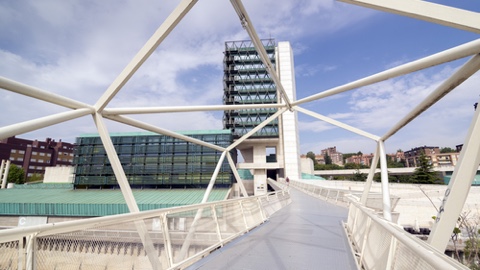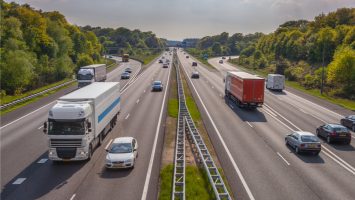
REMOURBAN (REgeneration MOdel for accelerating the smart URBAN transformation) is a five year, European funded smart city project with the goal of designing and validating an urban regeneration model in the cities of Nottingham in the United Kingdom, Valladolid in Spain, and Tepebasi/Eskisehir in Turkey – with the intention of replicating the technology in two other cities, Seraing in Belgium and Miskolc in Hungary. Along with the ability to replicate the model, Remourban also hopes to increase resource and energy efficiency, improve the sustainability of urban transport, refurbishment of districts, access to urban information, and drastically reduce greenhouse gas emissions in urban areas.
The deployment and validation of the sustainable urban regeneration model will be carried out through three large scale demonstrations in the three lighthouse cities:
- Valladolid aims at the reduction of 50% of the energy consumed and 80% of the CO2 emissions, and actively involves more than 5,700 citizens;
- Nottingham has the estimated target of energy consumption reduction to be 50%, achieving 26% of reduction in terms of CO2 emissions, with more than 8,100 citizens actively involved; and,
- Tepebasi which aims at the reduction of 85% in the energy consumption, and a 79% of the CO2 emissions.
The project aims at actively engaging citizens in the city transformation process as population awareness about energy and environmental impact of their daily activities are increased. In order to ensure the usefulness and high replication of the REMOURBAN project at European level, the sustainable urban regeneration model is aimed at the decision makers, investors, public administrations and the industrial sector.
The expected impacts are the reduction of the impact of human activities in the cities by five percent in carbon dioxide per person per year, reducing the building energy demand by forty percent, increasing the thermal and electrical energy distribution and efficiency by ten percent and increasing low carbon mobility solutions by five percent.


